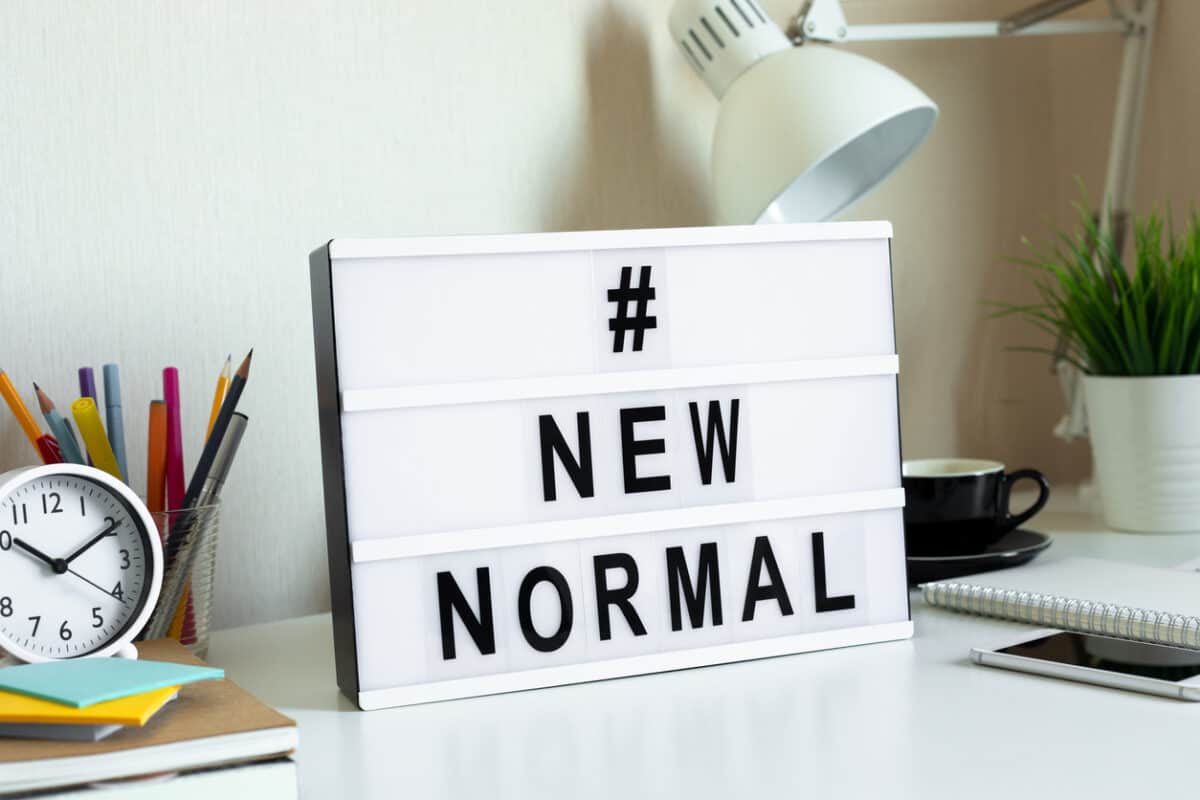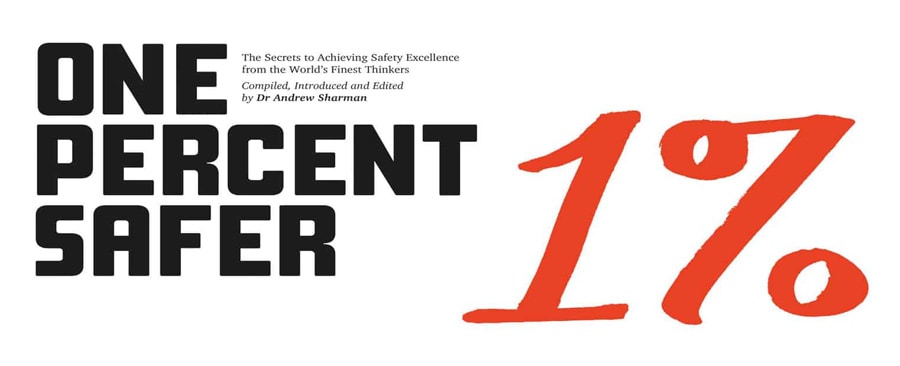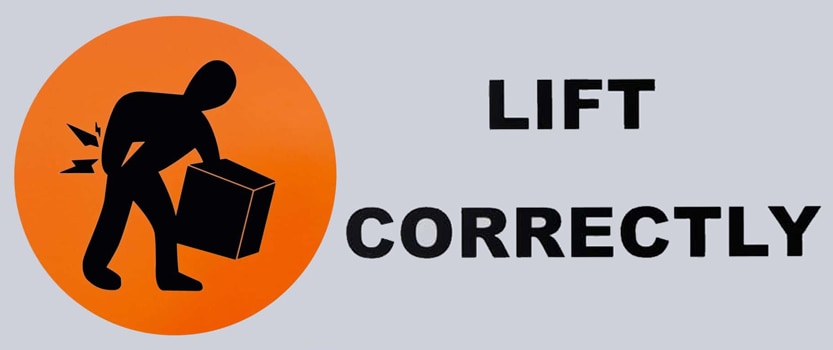The COVID19 pandemic has devastated many countries but it has also created business opportunities. Recently workplace IT company Skedulo released a whitepaper about the new work normal. The document is essentially a marketing strategy but there are some hints about workplace change that may be of interest to occupational health and safety (OHS) advocates and professionals.
Category: research
Accusations of cover-up at Senate Estimates
Safe Work Australia also attended Senate Estimates late last month. COVID19 is an unavoidable focus but we learnt that the latest fatality report will be released early this month, obtained more details on the response to the Boland Report, heard more about the gig economy but the climax was accusations of a coverup with Senator Deborah O’Neill (ALP) saying:
“Minister Porter… influenced Safe Work Australia—how independent; running for cover!”
page 65, Hansard
Half of One Percent Safer
This blog should be an indication that brevity does not come naturally to an occupational health and safety (OHS) professional. (Imagine the struggle of an OHS academic!!) Dr Andrew Sharman asked 137 OHS thinkers to provide a 500-word chapter each, essentially a page, about workplace health and safety. His new (very limited edition) book, “One Percent Safer“, includes text, cartoons, single paragraph quotes, graphics but most of all some much-needed wisdom. Not as much as one would have hoped, if you have been involved with OHS for a few years, but plenty for the newbie or, hopefully, a lot for the businessperson who struggles with this “safety stuff”.
The myth of “correct lifting technique” persists
In 2017 Work Health and Safety Queensland (WHSQ) released this advice about reducing the physical risks associated with manual handling:
“The research evidence shows that providing lifting technique training is not effective in minimising the risk of injury from manual tasks.”
So why is “correct lifting technique” still being included in safety procedures and Safe Work Method Statements (SWMS) three years later?
Precarious Work, Pandemics and Australia’s Future – Let’s Not Forget the Link
This is a guest post by Michael Quinlan & Dr Elsa Underhill (links added).
In mid- August 2020 Victorian Premier Daniel Andrews labelled insecure work as toxic and argued a fundamental policy reset was required into the future. He stated:

Insecure work is toxic. There is nothing good about insecure work, and when this is done, when this virus has been beaten, we will need to commit ourselves to do something really significant about it. It is no good for anything, for families, for a sense of security [and] for public health, for any purpose. We have a lot of people who work very hard but have no safety net to fall back on and that is just not something we should settle for .
(Guardian 16 August 2020)
The observation generated little publicity and was soon forgotten as the Victorian COVID outbreak caused deepening concern across the nation. But the first major Australian political leader to call precarious work for what it demonstrably was should start a long overdue public debate.
Continue reading “Precarious Work, Pandemics and Australia’s Future – Let’s Not Forget the Link”Analysis of business impacts of COVID19
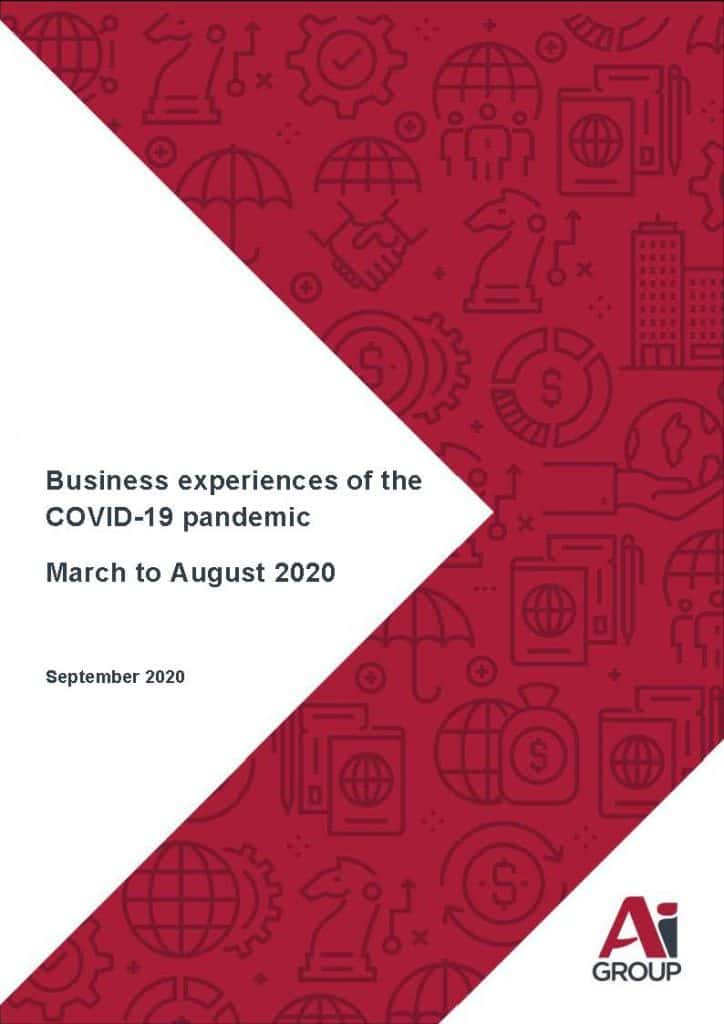
The Australian Industry Group recently released the results of a survey of its members about how COVID19 has affected their businesses. Understandably, the financial future of the businesses is the major concern but occupational health and safety (OHS) has been part of the business responses.
OHS was part of the initial scrabble to cope with the localised effects of a global pandemic. The report says
“Increased workloads due to new OH&S and healthcare procedures were still being reported by 6% of businesses in August, down from a high of 25% in the first stages of the pandemic in March. In Victoria, 10% of businesses reported concerns about the increase in this type of workload in August, compared with 2% in New South Wales and no businesses in Queensland.”
page 8
A new COVID19 Code of Practice, but why?
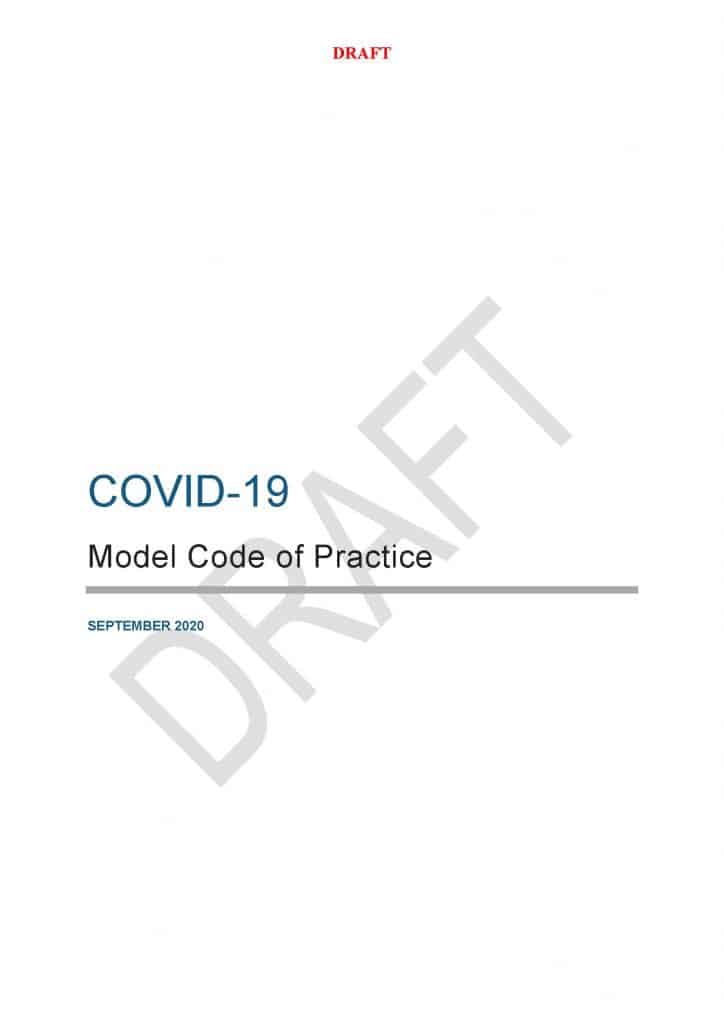
In mid-September the Australian Government released a draft work health and safety Code of Practice about the management of COVID19. It is a good draft to which occupational health and safety (OHS) professionals should submit comments as COVID19 or similar coronaviruses are going to be part of our working lives for many years to come.
The curious part of this draft Code is that it was released by the Attorney General’s Department (AGD) and not its subsidiary Safe Work Australia (SWA).

